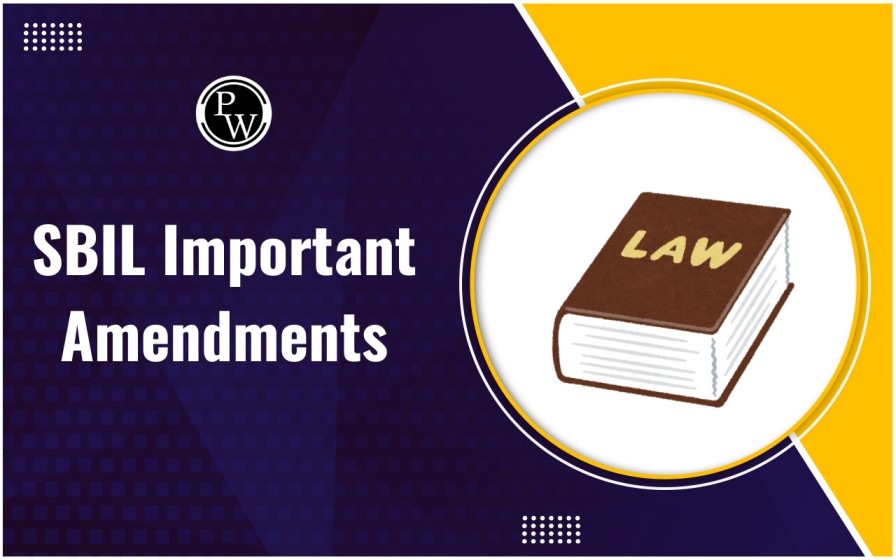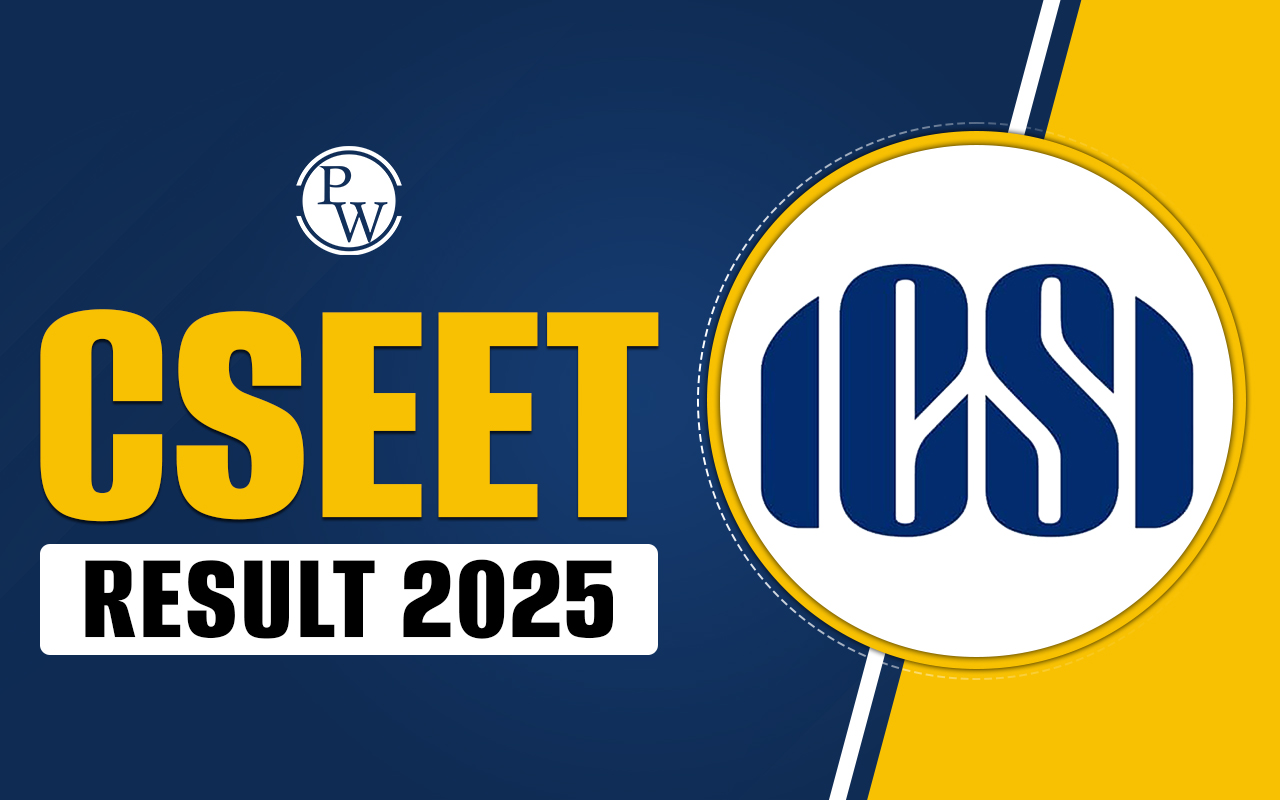
What is Cash Flow?
The cash flow statement reveals the money coming in and going out, including cash equivalents. Companies use this statement to show users where their cash and equivalents are coming from and how they're being used over a certain period. It's become really important in recent years because it's so useful for anyone using financial information.Utility of Cash Flow Analysis
- Helps in efficient cash management
- Helps in internal financial management
- Discloses the movements of cash
- Discloses success or failure of cash planning
- Evaluate management decisions
- Illustrate the connection between net income and changes in the business's cash flow.
- Efficiency in cash management
Definition of Specific Terms Used in the Context of a Cash Flow Statement.
Cash: Cash comprises cash in hand and demand deposits with banks. Demand deposits mean those deposits Which are repayable by bank on demand by the depositor. Cash equivalents: Cash equivalents are short term, highly liquid investments that are readily convertible into known amounts Of cash and Which are subject to an insignificant risk Of changes in value. Cash equivalents are held primarily to fulfill short-term cash obligations rather than for investment or other purposes. Examples Of cash equivalents are treasury bills, commercial paper etc. Investments in shares are not considered cash equivalents unless they essentially serve the same purpose, such as preference shares acquired shortly before their scheduled redemption date, with minimal risk of the company failing to repay the amount at maturity. Cash flows: Cash flows refer to the movement of cash and cash equivalents into and out of an organization. This includes cash coming into the organization and cash going out. The difference between cash inflows and outflows is termed net cash flow, which can either be a net cash inflow or a net cash outflow. Cash flows specifically exclude transfers between items that qualify as cash or cash equivalents because these movements are managed as part of the organization's cash management activities, rather than being categorized under operating, investing, or financing activities. Cash management activities also encompass investing excess cash in cash equivalents.Also Read: Time Value of Money, Present and Future Value
Classification of Cash Flow Statement
Cash flow statements are classified into three main categories: cash flows from operating activities, investing activities, and financing activities. Each category represents different sources and uses of cash.| Cash Flows from Operating Activities | Examples Of Cash Flows from Operating Activities |
| Operating activities are the principal revenue producing activities of the enterprise and other activities that are not investing and financing activities Operating activities include cash effects of those transactions and events that impact the calculation of net profit or loss. | a) Cash received from selling goods and providing services; b) Cash receipts from royalties, fees, commissions. and other revenues: c) Cash payments made to suppliers for goods and services; d) Cash payments made to employees and on their behalf; |
| Cash Flows from Investing Activities | Examples Of Cash Flows from Investing Activities | |
| Investing activities encompass the acquisition and sale of long-term assets and other investments that are not considered cash equivalents. In simpler terms, these activities involve transactions and events related to purchasing and selling long-term productive assets (such as land, buildings, and machinery) that are not intended for immediate resale, as well as other types of investments. |
|
| Cash Flows from Financing Activities | Examples Of Cash Flows from Financing Activities | |
| Financing activities involve transactions that affect the size and structure of the owners' capital (including preference share capital for companies) and the borrowings of the enterprise. | a) Cash received from issuing shares or similar financial instruments; b) cash proceeds from issuing debentures, Loans notes. bonds and other short-term borrowing: c) cash repayments of amounts borrowed i.e redemption of debentures. bonds etc.: d) cash payments to redeem preference shares; e) payment of dividend. |
Treatment of Interest and Dividend
| Non -Financial Enterprises | |||
| Interest paid | Interest received | Dividend Paid | Dividend received |
| Financing Activities | Investing Activities | Financing Activities | Investing Activities |
| Financial Enterprises | |||
| Interest paid | Interest received | Dividend Paid | Dividend received |
| Operating Activities | Operating Activities | Financing Activities | Operating Activities |
Preparation of a Cash Flow Statement:
| Cash Flow Statement | (Rs) |
| A. Cash flows from operating activities | |
| B. Cash flows from investing activities | |
| C. Cash flows from financing activities | |
| Net increase (decrease) in cash and cash equivalents (A + B + C) | |
| + Cash and cash equivalents at the beginning | |
| = Cash and cash equivalents at the end |
Cash Flows from Operating Activities
Direct Method: Here are some typical examples of cash receipts and cash payments generated by operating activities:
- Cash sales of goods and services;
- Cash collected from debtors (customers);
- Cash receipts of interest or dividends;
- Cash receipts of royalties, fees, commission and other revenues;
- Cash payments to suppliers (creditors);
- Cash payments for various operating expenses i.e. rent, rates, power etc..
- Cash payments for wages and salaries to employees;
- Cash payments for income tax etc.
- Collections from Customers:
- Payment to Suppliers:
- Payment to Employees:
- Rent Received:
- Interest Paid:
- Insurance:
Indirect Method
A summary of adjustments required to convert the net profit to net cash flow from operating activities through indirect method is as follows:| Particulars | Amount (RS.) | |
| A. Net profit before tax and extraordinary item B. Adjustments for non-cash and non-operating items: Add: Amount written off in respect of depreciation, goodwill, preliminary expenses, underwriting commission etc. Add/Less: Other non-operating items C. Adjustments for gains and losses from the sale of fixed assets and investments: Add. Loss on sale of fixed assets/investments Less: Profit on sale of fixed assets/ Investments D. Adjustments for changes in current assets (excluding cash and cash equivalents) and current liabilities (excluding bank overdrafts) Add: Decrease in accounts of current assets e.g. debtors, bill receivable, stock, prepaid expenses etc. Less: Increase in accounts of current assets. Add: Increase in accounts of current liabilities; e.g., creditors, bills pa gable, outstanding expenses, etc. Less: Decrease in accounts of current liabilities. E. Cash generated from operations Less: Income tax paid. F. Adjustments for extraordinary items if any G. Net cash provided by (or used in) operating activities |
B & C - Cash Flows from Investing and Financing Activities
When making the cash flow statement, it's important to separate major items of cash coming in and going out from investing and financing activities. These should be listed separately under "Cash Flow from Investing Activities" and "Cash Flow from Financing Activities," showing both the total cash received and paid out, as well as the net cash flow.Format of Cash Flow Statement
| Cash Flow Statement (Direct Method) | |
| A. Cash flows from operating activities Cash receipts from customers Cash paid to suppliers and employees Cash generated from operations Income taxes paid Cash flow before extraordinary item Proceeds from earthquake disaster settlement Net Cash from Operating Activities B. Cash flows from investing activities Purchase of fixed assets Proceeds from sale of equipment Interest received Dividend received Net Cash from Investing Activities C. Cash flows from financing activities Proceeds from issuance of share capital Proceeds from long-term borrowings Repayments of long-term borrowings Interest paid Dividend paid Net Cash from Financing Activities Net Increase (Decrease) in Cash and Cash Equivalents (A + B + C) Cash and Cash Equivalents at Beginning of Period Cash and Cash Equivalents at End of Period | |
| Cash Flow Statement (Indirect Method) | |
| A. Cash flows from operating activities Net profit before tax and extraordinary items Adjustments for: Depreciation Foreign exchange Investments Gain or loss on sale of fixed assets Interest/dividend Operating profit before working capital changes. Adjustments for: Trade & other receivables Inventories Trade payables Cash generation from operations Interest paid Direct taxes Cash before extraordinary items Deferred revenue Net Cash from Operating Activities. B. Cash flows from investing activities Purchase of fixed assets Sale of fixed assets Sale of investments Purchase of investments Interest received Dividend received Loans to subsidiaries Net Cash from Investing Activities C. Cash flows from financing activities Proceeds from issue of share capital Proceeds from long term borrowings Repayment to finance/lease liabilities Dividend paid Net Cash from Financing Activities Net Increase (Decrease) in Cash and Cash Equivalents (A + B + C) Cash and Cash Equivalents at the Beginning of the Period Cash and Cash Equivalents at the End of the Period | |
Limitations of Cash Flow Analysis
Cash flow analysis is a valuable tool in financial analysis, but it has its own limitations. These limitations include:- The cash flow statement and the income statement are not the same. The income statement includes both cash and non-cash items, so the net cash amount doesn't always match the net income of the business.
- The cash balance shown in the cash flow statement might not truly reflect how much cash the business has on hand because it can be affected if the business delays purchases and other payments.
- The cash flow statement, income statement, and funds flow statement each serve different purposes and are important in their own way. They can't be swapped for one another because they have different jobs to do.
Cash Flow FAQs
Why is cash flow important for businesses?
Cash flow ensures businesses can cover operational costs, pay debts, invest in growth, and handle unexpected expenses. Without adequate cash flow, even profitable businesses can struggle financially.
How can a business improve its cash flow?
1- Reduce expenses.
2- Increase revenue.
3- Improve receivables.
4- Manage inventory.
5- Use financing options.
What are the different types of cash flow?
1- Operating Cash Flow: From core business operations.
2- Investing Cash Flow: From investments in assets.
3- Financing Cash Flow: From investors and creditors.
How is cash flow different from profit?
Profit is net income after expenses; cash flow is the actual movement of money. A business can be profitable but have poor cash flow, or vice versa.
🔥 Trending Blogs
Talk to a counsellorHave doubts? Our support team will be happy to assist you!

Free Learning Resources
PW Books
Notes (Class 10-12)
PW Study Materials
Notes (Class 6-9)
Ncert Solutions
Govt Exams
Class 6th to 12th Online Courses
Govt Job Exams Courses
UPSC Coaching
Defence Exam Coaching
Gate Exam Coaching
Other Exams
Know about Physics Wallah
Physics Wallah is an Indian edtech platform that provides accessible & comprehensive learning experiences to students from Class 6th to postgraduate level. We also provide extensive NCERT solutions, sample paper, NEET, JEE Mains, BITSAT previous year papers & more such resources to students. Physics Wallah also caters to over 3.5 million registered students and over 78 lakh+ Youtube subscribers with 4.8 rating on its app.
We Stand Out because
We provide students with intensive courses with India’s qualified & experienced faculties & mentors. PW strives to make the learning experience comprehensive and accessible for students of all sections of society. We believe in empowering every single student who couldn't dream of a good career in engineering and medical field earlier.
Our Key Focus Areas
Physics Wallah's main focus is to make the learning experience as economical as possible for all students. With our affordable courses like Lakshya, Udaan and Arjuna and many others, we have been able to provide a platform for lakhs of aspirants. From providing Chemistry, Maths, Physics formula to giving e-books of eminent authors like RD Sharma, RS Aggarwal and Lakhmir Singh, PW focuses on every single student's need for preparation.
What Makes Us Different
Physics Wallah strives to develop a comprehensive pedagogical structure for students, where they get a state-of-the-art learning experience with study material and resources. Apart from catering students preparing for JEE Mains and NEET, PW also provides study material for each state board like Uttar Pradesh, Bihar, and others
Copyright © 2025 Physicswallah Limited All rights reserved.
Get App









